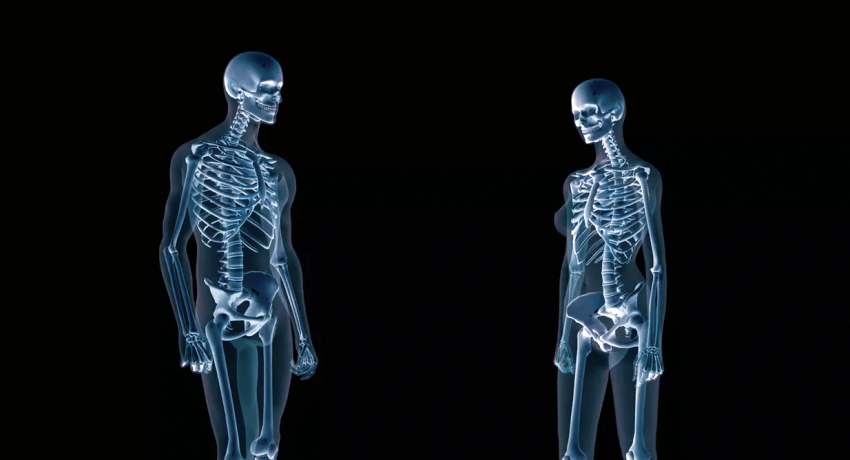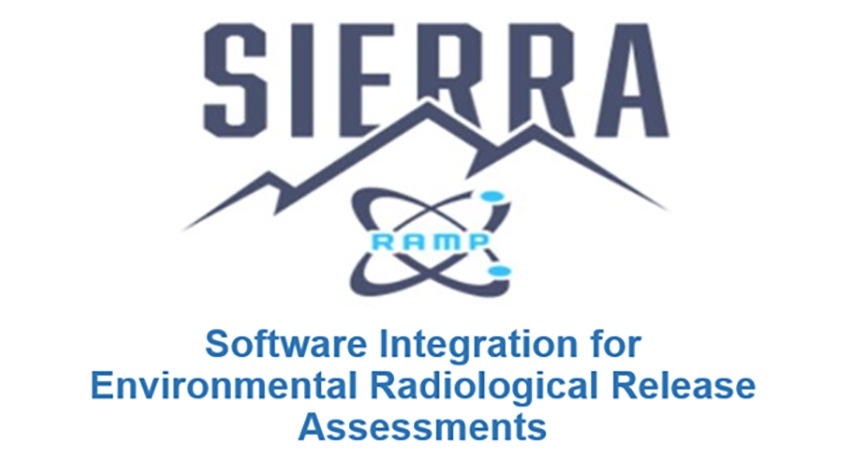Codes
- Estimate dose and risk from emission of radioactive material to the air
- Dose from residual radioactivity in soils and on building surfaces
- Activity release of radioactive gaseous and liquid effluents from nuclear power plants
- Second-generation environmental dosimetry
- Assess light-water reactor control room habitability
- Integrated Modules for Bioassay Analysis
- Radiological impacts of airborne emissions from uranium mining and milling facilities
- Doses from routine and accident scenarios of transporting radioactive material
- Offsite doses of liquid and gaseous radioactive releases from normal nuclear power operations
- Phantom with Moving Arms and Legs
- Radiological Assessment System for Consequence Analysis for radiological emergencies
- Analyze potential human and biota radiation exposures from environmental contamination
- SIERRA ATD is an atmospheric transport and dispersion code used for analysis in siting, licensing, and environmental reviews.
- Confirmatory code used for various design-basis loss-of-coolant accidents
- Explore the Basis for the LLRW Classification Tables
- Assess radiological hazards during an emergency response
- Comprehensive radiation dose assessment tool designed to evaluate occupational, public, and medical exposure scenarios.
- Develop a defensible sampling plan based on statistical sampling theory


















